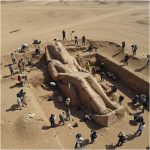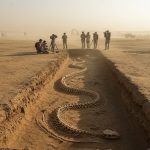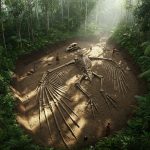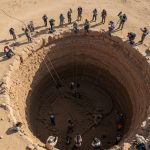DESERT DRONE SURVEILLANCE OVER GIANT FOSSIL DIG
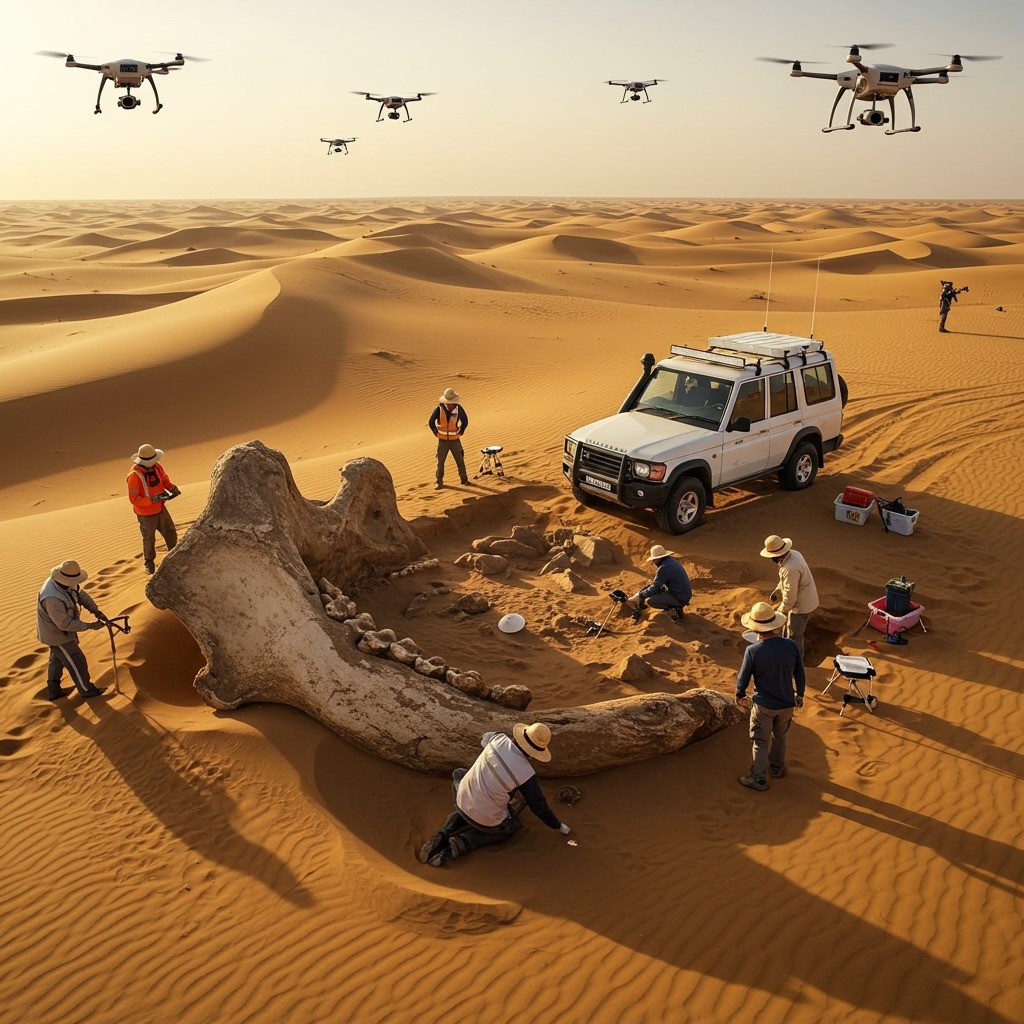
1. Revolutionizing Paleontology: Drone Surveillance for Giant Desert Digs
The era of traditional pick-and-shovel fossil hunting in remote areas is evolving, driven by high-tech drone surveillance. For a giant fossil dig site in the desert, Unmanned Aerial Vehicles (UAVs) are now indispensable tools for paleontology. Drones equipped with LiDAR and high-resolution cameras provide rapid 3D mapping of vast, inaccessible desert terrain, efficiently locating potential dinosaur bonebeds and mapping the precise geological layers where megafauna fossils are found. This aerial perspective is critical for planning the complex logistics of a large-scale excavation, transforming the search for ancient life and significantly reducing the time spent on manual desert surveys.

2. High-Precision Data: Monitoring and Mapping Bonebed Stratigraphy
Drone photogrammetry is crucial for generating a centimeter-level accurate Digital Elevation Model (DEM) of the excavation site. This precision is vital for documenting the fossil stratigraphy—the exact vertical and horizontal position of every bone—which helps paleontologists accurately date specimens and reconstruct the ancient ecosystem. By performing daily or weekly drone monitoring, researchers can create time-series 3D models that track the progress of the giant fossil dig. This non-invasive surveillance method not only improves data quality but also provides archaeologists with real-time insight, ensuring accurate site documentation of the fragile desert archaeological landscape.

3. Security and Conservation: Protecting Remote Fossil Discoveries
The use of drone surveillance at a giant desert fossil dig extends beyond just mapping; it is a vital layer of security. Remote fossil sites are highly vulnerable to illegal looting and unauthorized activity. Thermal imaging drones and cameras with high-resolution zoom capabilities enable ground crews to monitor perimeters day and night, even in harsh desert conditions. By capturing high-resolution imagery and video, the UAVs provide irrefutable evidence for law enforcement, making them an essential tool for heritage protection and site conservation. Investing in long-endurance desert drone technology ensures that groundbreaking paleontological discoveries are protected for future generations.




